- Home
- Machining techniques
- CNC Machining Services
- Cooperative supply services
- Designs
- Materials
- Finishing Services
- Shop
- Products
- Guide
- About Us
- Contact Us
2022.8.29
Among the factors that affect CNC machining efficiency, the important ones are product design quality, blank forming method, machining technology, and production management. So how to improve the machining efficiency should start from the following points.
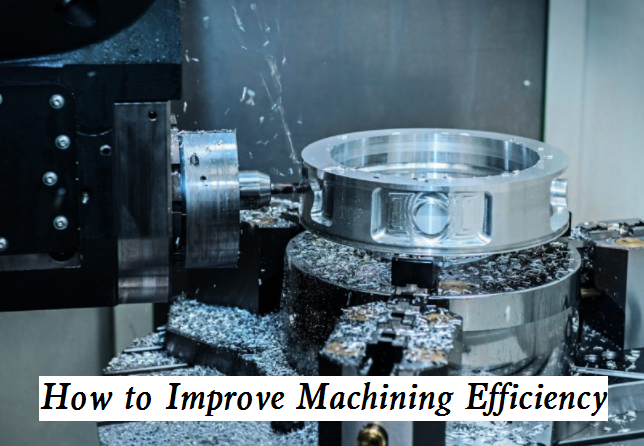
1. Shorten single piece production time
1) In mass production, because the basic time accounts for a large proportion of the unit time, productivity can be improved by shortening the basic time. The main ways to shorten the basic time are as follows:
– The basic time can be shortened by increasing the cutting amount, cutting speed, feed rate, and backdraft, which is an effective method to improve productivity widely used in machining. However, the improvement of cutting parameters is restricted by tool durability, machine power, and process system stiffness. With the emergence of new tool materials, the cutting speed has been rapidly improved.
– Adopt multi-tool simultaneous cutting.
– Adopt multi-part processing to reduce the cutting in and cutting out the time of the tool or make the basic time coincide, so as to shorten the basic time for processing each part and improve productivity. There are three types of multi-piece processing: sequential multi-piece processing, parallel multi-piece processing, and parallel sequential multi-piece processing.
– Reduce machining allowance. Advanced technologies such as precision casting, pressure casting, and precision forging are adopted to improve the manufacturing accuracy of blanks and reduce the machining allowance, so as to shorten the basic time and sometimes even eliminate the need for machining, which can greatly improve production efficiency.
2) Shorten the auxiliary time. The auxiliary time also accounts for a large proportion of the single piece time, especially after the cutting amount is greatly increased, the basic time is significantly reduced, and the proportion of auxiliary time is higher. At this time, taking measures to reduce the auxiliary time becomes an important direction to improve productivity. There are two different ways to shorten the auxiliary time. One is to realize mechanization and automation of the auxiliary action, so as to directly reduce the auxiliary time; Second, make the auxiliary time coincide with the basic time and indirectly shorten the auxiliary time.
2. Implement the supervision of multiple machine tools
Taking care of multiple machine tools is an advanced labor organization measure. It is obvious that a worker can improve productivity by managing several machine tools at the same time, but two necessary conditions should be met: first, if one person is in charge of M machine tools, the sum of the operation time of workers on any M-1 machine tools should be less than that of the other machine tool; Second, each machine tool should have an automatic stop device.
3. Adopt advanced machining methods
1) Blank preparation. Adopting new technologies such as cold extrusion, hot extrusion, powder metallurgy, precision forging, and explosive forming can greatly improve the accuracy of blanks, reduce the workload of machining, save raw materials, and significantly improve productivity.
2) Special processing. For hard, tough, and brittle materials or complex profiles, the use of special machining methods can greatly improve productivity. The machining time can be reduced from 40 to 50 hours to 1 to 2 hours by using electrolytic machining of general forging dies.
3) Adopt less and no cutting. Such as cold extrusion gear and rolling screws.
4) Improve the processing method and reduce manual and inefficient processing methods. For example, broaching and rolling replace milling, reaming and grinding in mass production, and fine planing, fine grinding, and diamond boring replace scraping and grinding.
4. Adopt an automatic manufacturing system
The automatic manufacturing system is an organic whole composed of a certain range of processed objects, various equipment with a certain flexibility and automation level, and high-quality personnel. It receives external information, energy, capital, supporting parts, and raw materials. Under the joint action of people and computer control systems, it realizes a certain degree of flexible automatic manufacturing, and finally outputs products, documents, wastes, and environmental pollution. An automatic manufacturing system can effectively improve labor conditions, significantly improve labor productivity, greatly improve product quality, effectively shorten the production cycle, and significantly reduce manufacturing costs.
In the design, on the premise of ensuring the service performance of product parts, the part structure shall have good processing technology, and materials with good processing technology shall be selected to reduce processing difficulties, improve labor productivity, and obtain good economic benefits.
1. Improve the structural features of parts
In order to make the mechanical products have good structural processability, the following measures are often adopted in the design:
– Improve standardization of parts, generalization of parts, and serialization of products, try to use the mastered technology and standardized and serialized parts and components, and try to borrow the same type of parts already produced by our factory, so that the designed structure has a good inheritance.
– Parts with simple surface geometry shall be used, and they shall be arranged on the same plane or axis as much as possible to facilitate processing and measurement.
– Reasonably determine the manufacturing accuracy of parts and the assembly accuracy of products. On the premise of ensuring product performance, the manufacturing accuracy and assembly accuracy shall be reduced as much as possible.
– Increase the proportion of parts manufactured by noncutting processing methods and parts manufactured by cutting processing methods with lower costs. Obviously, the larger the proportion of these two parts in the product, the better the processability of the product.
2. Select materials with good cutting performance
The machinability of workpiece material directly affects the cutting efficiency, power consumption, and surface quality of parts. When designing products, on the premise of ensuring the service performance of the products, the workpiece materials with good cutting performance shall be selected as much as possible, and the heat treatment measures that can improve the cutting performance of the materials shall be taken to improve the productivity and reduce the cutting cost.
The machinability of a material mainly depends on its physical and mechanical properties. Generally speaking, materials with high strength and hardness, good plasticity and toughness, and poor thermal conductivity have poor cutting performance and vice versa. In actual production, heat treatment is often used to change the metallographic structure and mechanical properties of materials to improve the machinability of workpiece materials.
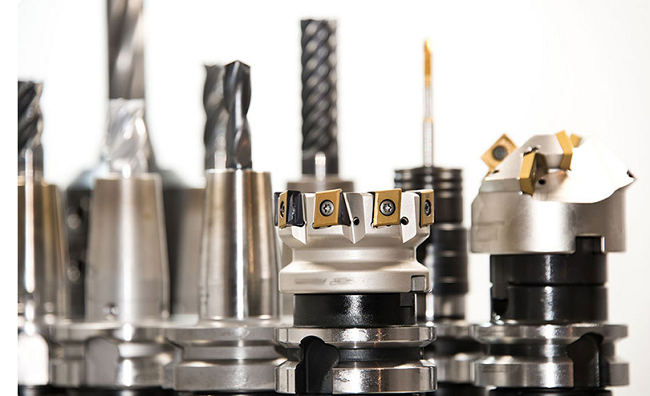 Top 12 CNC Machining & Programming Experiences | CNCLATHING
Top 12 CNC Machining & Programming Experiences | CNCLATHING
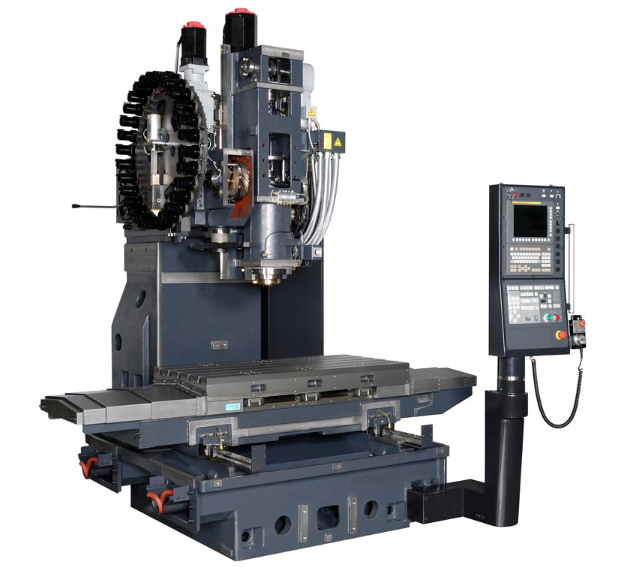 What is CNC Vertical Machining Center – VMC Machine Applications & Difference Between Horizontal Machining Center
What is CNC Vertical Machining Center – VMC Machine Applications & Difference Between Horizontal Machining Center
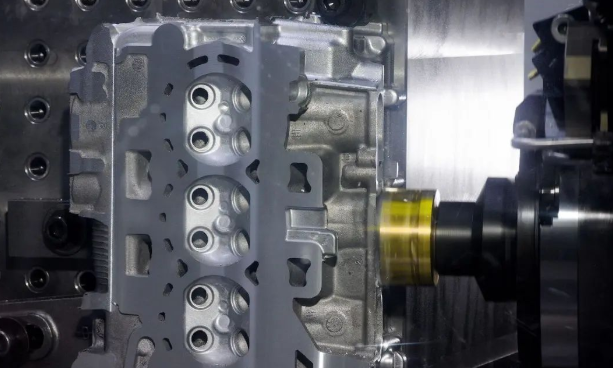 The Causes to Deformation and Surface Blackening of Aluminum Alloy Parts
The Causes to Deformation and Surface Blackening of Aluminum Alloy Parts
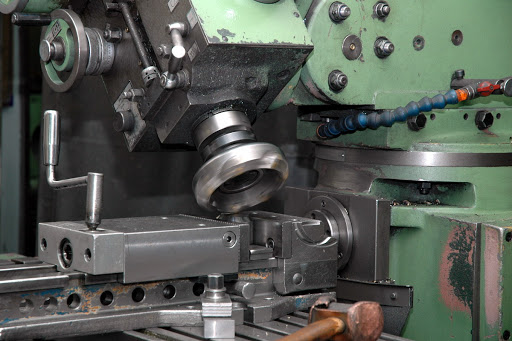 CNC Machining Vs Conventional Machining – Difference Between CNC Machining And Conventional Machining
CNC Machining Vs Conventional Machining – Difference Between CNC Machining And Conventional Machining
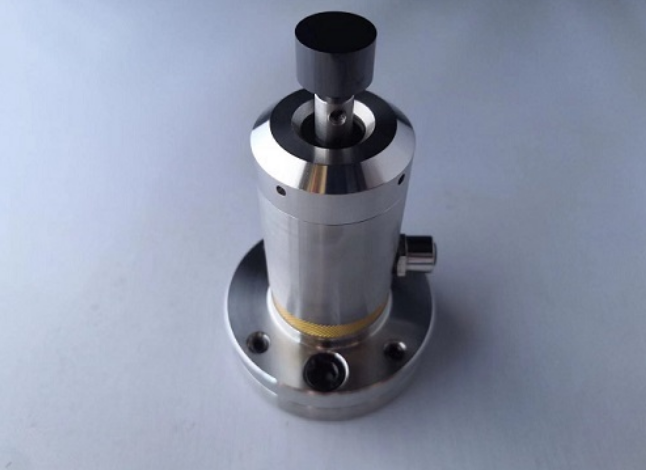 Measures To Improve The Efficiency Of CNC Machine | CNCLATHING
Measures To Improve The Efficiency Of CNC Machine | CNCLATHING
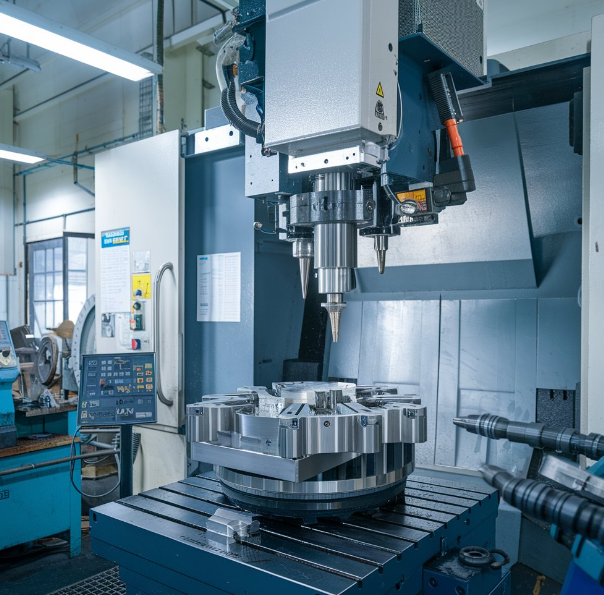 Why Choose China CNC Machining and How to Find the Best CNC Machining Manufacturer
Why Choose China CNC Machining and How to Find the Best CNC Machining Manufacturer
